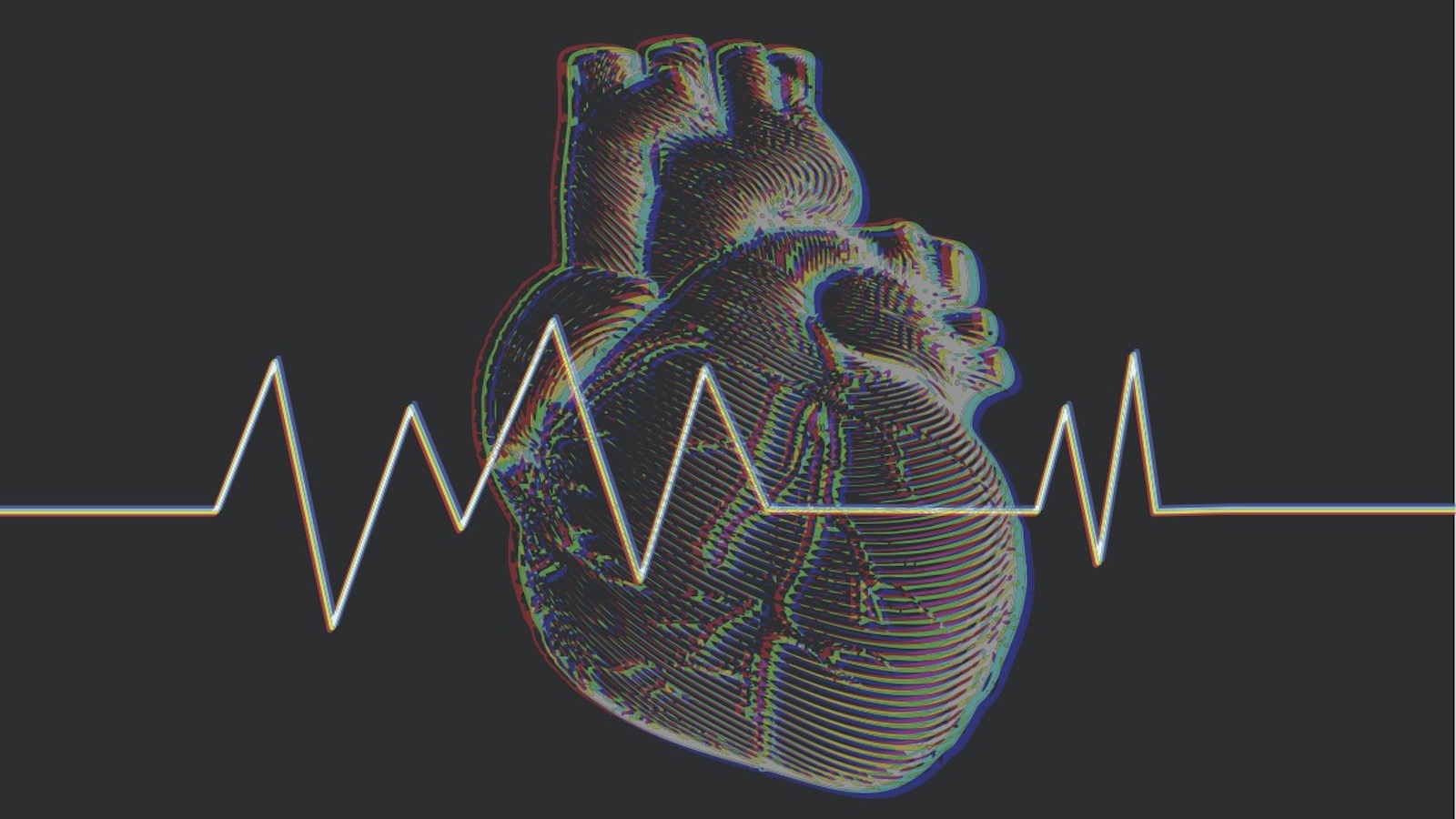Gently Stimulating the Heart to Resolve Deadly Cardiac Arrhythmias

“The ‘Triple Crown’ of treating both the most common and the most lethal cardiac arrhythmias is external powering, wireless pacing, and—far and away most importantly—cardiac defibrillation that is not only painless but actually imperceptible to the patient.”
–Mehdi Razavi, MD, Director, Center for Electrophysiology Clinical Research & Innovations
Technology in development at the Texas Heart Institute brings into sharp focus the remarkable possibility of achieving the goal of painless defibrillation, and Dr. Razavi and his team are aiming to improve patient’s quality of life as quickly as possible. To ensure their progress was on track, they embarked on a yearlong literature review to examine the history and current progress in science around the world that may have further elucidated the mechanisms and the best approach to achieving painless defibrillation.
The results, published in Cardiovascular Drugs and Therapy, is “Electrical Stimulation for Low‑Energy Termination of Cardiac Arrhythmias: a Review.” This article illuminates the complexity of heart rhythm abnormalities and the barriers that remain to develop practical low-energy defibrillation treatment strategies.
Because the team is working on creating a leadless wireless system to defibrillate the heart without using painful shocks, it was critical to understand the possible roadblocks that others have encountered before moving to the next stage of research.
“We looked at all of the studies around the world that dealt with low-energy defibrillation, low-energy cardioversion, painless defibrillation, painless cardioversion, low-voltage defibrillation, low-voltage cardioversion, and low-energy electrotherapy, and we found advances in everything from benchtop basic research to experiments using preclinical models,” said lead author Skylar Buchan, PhD.
According to the paper, observations of cardiac arrhythmias were recorded as far back as 1500 BCE, during the Bronze Age, when Egyptian scholars first noticed that the heart sometimes quivered right before a person passed away. The article eloquently chronicles low-energy defibrillation therapy protocols described in the literature. Using their findings, the team will now incorporate these techniques and apply them to new locations on the heart that may respond better to low-energy defibrillation strategies.
“Conducting research like this helps us to avoid going down an unproductive path of discovery and ensures that we are efficiently moving the science and technology forward,” added Allison Post, PhD, research engineer and manager of innovation partnerships at THI.
Read and Share Electrical Stimulation for Low‑Energy Termination of Cardiac Arrhythmias: a Review.
Buchan, S., Kar, R., John, M. et al. Electrical Stimulation for Low-Energy Termination of Cardiac Arrhythmias: a Review. Cardiovasc Drugs Ther (2021). https://doi.org/10.1007/s10557-021-07236-5
Media Contact:
Keri Sprung
ksprung@texasheart.org




